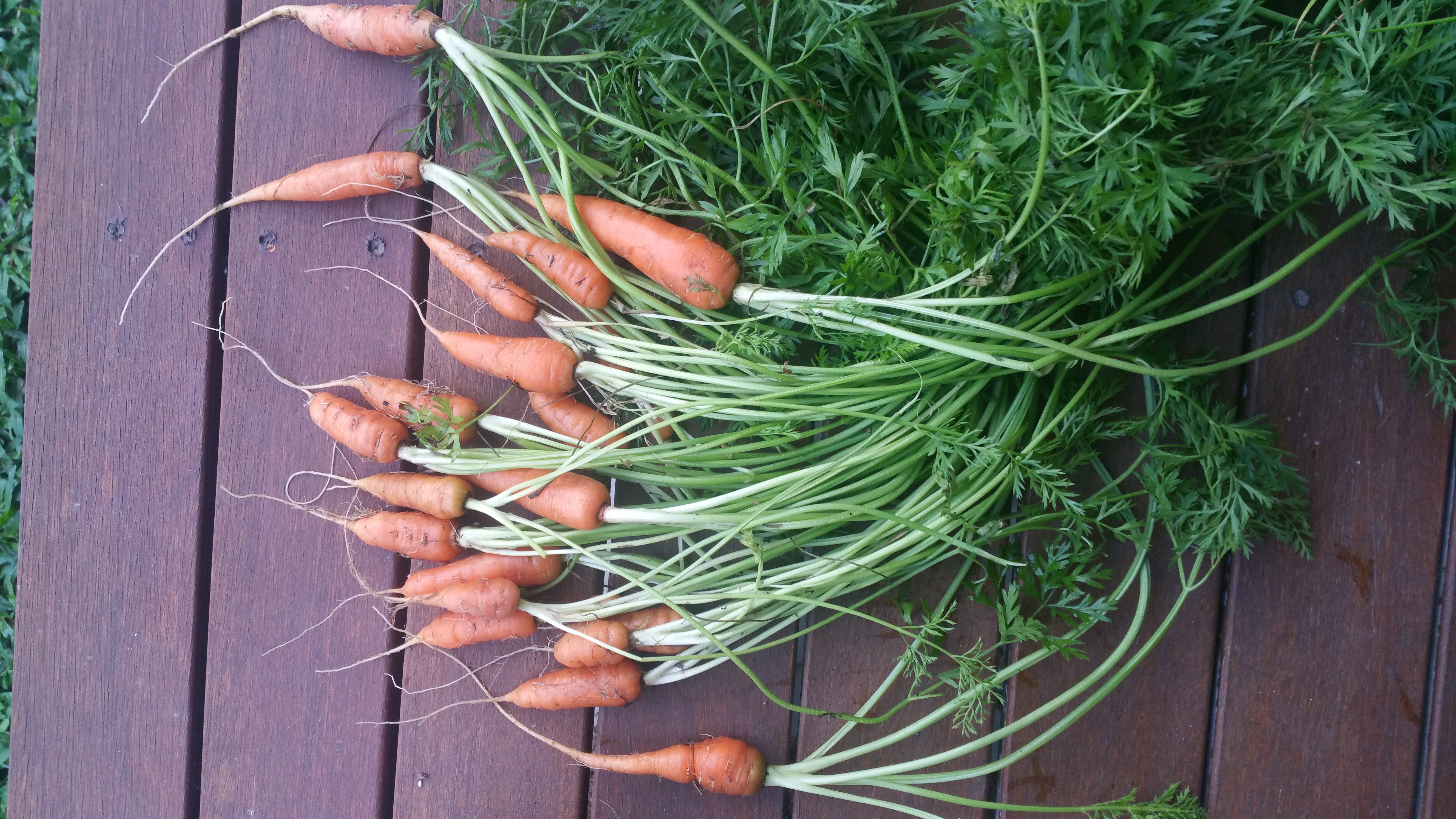
March is the month for Veggie Garden Prep!
Have you ever wanted to start your own veggie patch? Or you already have one but it’s not producing how you’d like?
Now is the time dig in and get started!
March is the perfect time to prep your veggie garden ahead of planting in April.
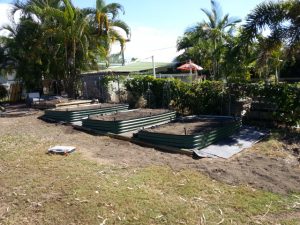
Garden Bed Options
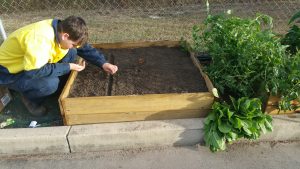
GIVE IT TIME
Putting time into developing the soil for your veggie patch is a key building block of a healthy, sustainable and productive garden.
For an existing Veggie Patch that is out of production, it will take between four – six weeks to get your garden ready for the next crop.
The same time frame applies if you’re creating a new garden.
This is the minimum prep time for good practice and the least amount of effort required for your future crop, as this allows the soil to do the work and store the nutrients.
If the prep phase is rushed then the soil will still be doing the work when you plant and a portion of the fertiliser you have applied will be used to convert the organic matter to soil.

WILLIAM’S SOIL PREP TIPS
- Apply compost, manure, mulch or grass clippings (mulch is better if you have it), I put shredded paper and grass clippings and a bit of fertiliser to help the process.
- You can also add as a liquid, kelp & seaweed, molasses, these will all feed the microorganisms that do the hard work oF breaking down the organic matter and improving the soil health. Healthy soil = healthy plants.
- Dig this through the soil, try to get it turned into the soil so that only a small amount is visible. Achieving complete soil coverage would be best, but may not be possible.
- Once mixed through, leave the soil for at least 3 weeks before disturbing.
- In meantime water moderate a few times to help along the decomposition process.
- For new gardens (new soil) following a similar process would be an advantage as it will improve your starting soil and allow it develop the soil microbes required for a healthy yield.
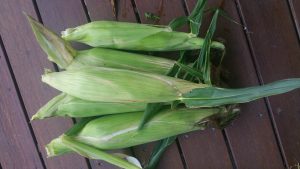
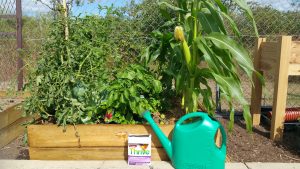
WHAT TO PLANT?
Deciding what fruit and veggies you would like to produce is an important starting point. Choose vegetables that suit both your family’s needs and your climate.
Some vegetables will be suited to cooler months and others to warmer, so make sure you select the right plants for the right time of year.

